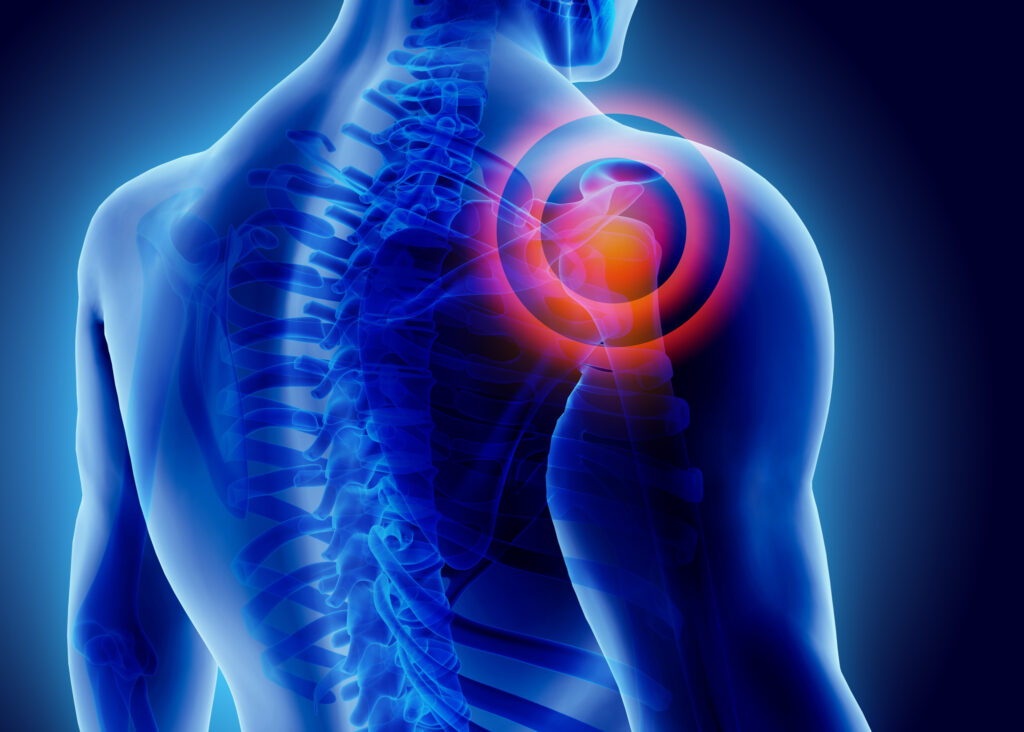In recent research published in a scientific journal, a team of scientists conducted a study to explore the effects of Shuanglongjiegu pill (SLJGP) on the osteogenic differentiation of bone marrow mesenchymal stem cells (BMSCs). This study is particularly significant as it sheds light on the underlying mechanisms that promote bone regeneration, which is crucial for treating various bone-related disorders.
The research team, comprised of You-Li Tan, Shao-Hua Ju, Qiang Wang, Rui Zhong, Ji-Hai Gao, Ming-Jian Wang, Ya-Lan Kang, and Meng-Zhang Xu, found that serum containing SLJGP significantly enhanced the viability of BMSCs in a dose-dependent manner. This suggests that the components within SLJGP may play a vital role in supporting the growth and survival of these stem cells.
Under conditions that promote osteogenic differentiation, the study revealed that SLJGP not only increased the expression of key proteins involved in bone formation—such as alkaline phosphatase (ALP), osteopontin (OPN), bone morphogenetic protein 2 (BMP2), and runt-related transcription factor 2 (RUNX2)—but also improved the overall osteogenic differentiation ability of BMSCs. This finding highlights SLJGP’s potential as a therapeutic agent in enhancing bone health.
A key aspect of the study focused on miR-217, a microRNA that the researchers identified as being directly involved in the process. The results showed that SLJGP significantly reduced the expression of miR-217, which in turn was found to directly target RUNX2, a crucial transcription factor for osteogenic differentiation. Further experiments demonstrated that when BMSCs were treated with a miR-217 mimic, the positive effects of SLJGP on both proliferation and osteogenic differentiation were notably inhibited. This confirms the involvement of the miR-217/RUNX2 axis in mediating the actions of SLJGP.
To delve deeper into the signaling pathways influenced by SLJGP, the researchers examined the Wnt/β-catenin pathway. They discovered that SLJGP activated this pathway through the regulation of the miR-217/RUNX2 axis. The Wnt/β-catenin signaling pathway is well-known for its crucial role in bone development and homeostasis, making this finding particularly relevant for understanding how SLJGP promotes bone formation.
In conclusion, this study provides compelling evidence that Shuanglongjiegu pill enhances the osteogenic differentiation of BMSCs by modulating the miR-217/RUNX2 axis and activating the Wnt/β-catenin signaling pathway. These insights not only deepen our understanding of the biological mechanisms behind bone regeneration but also hold promise for the development of new therapeutic strategies for treating bone-related diseases. The authors’ rigorous investigation contributes significantly to the field of regenerative medicine and opens avenues for future research focused on harnessing traditional medicinal compounds for modern medical applications.


